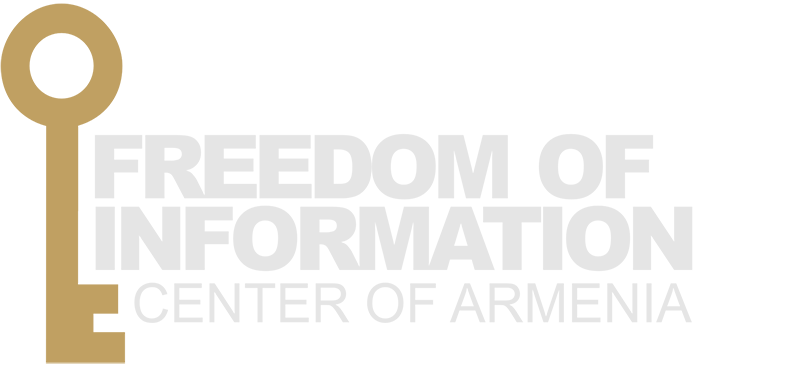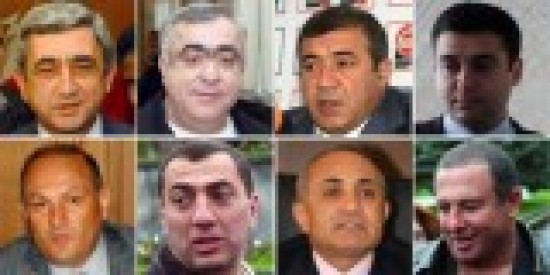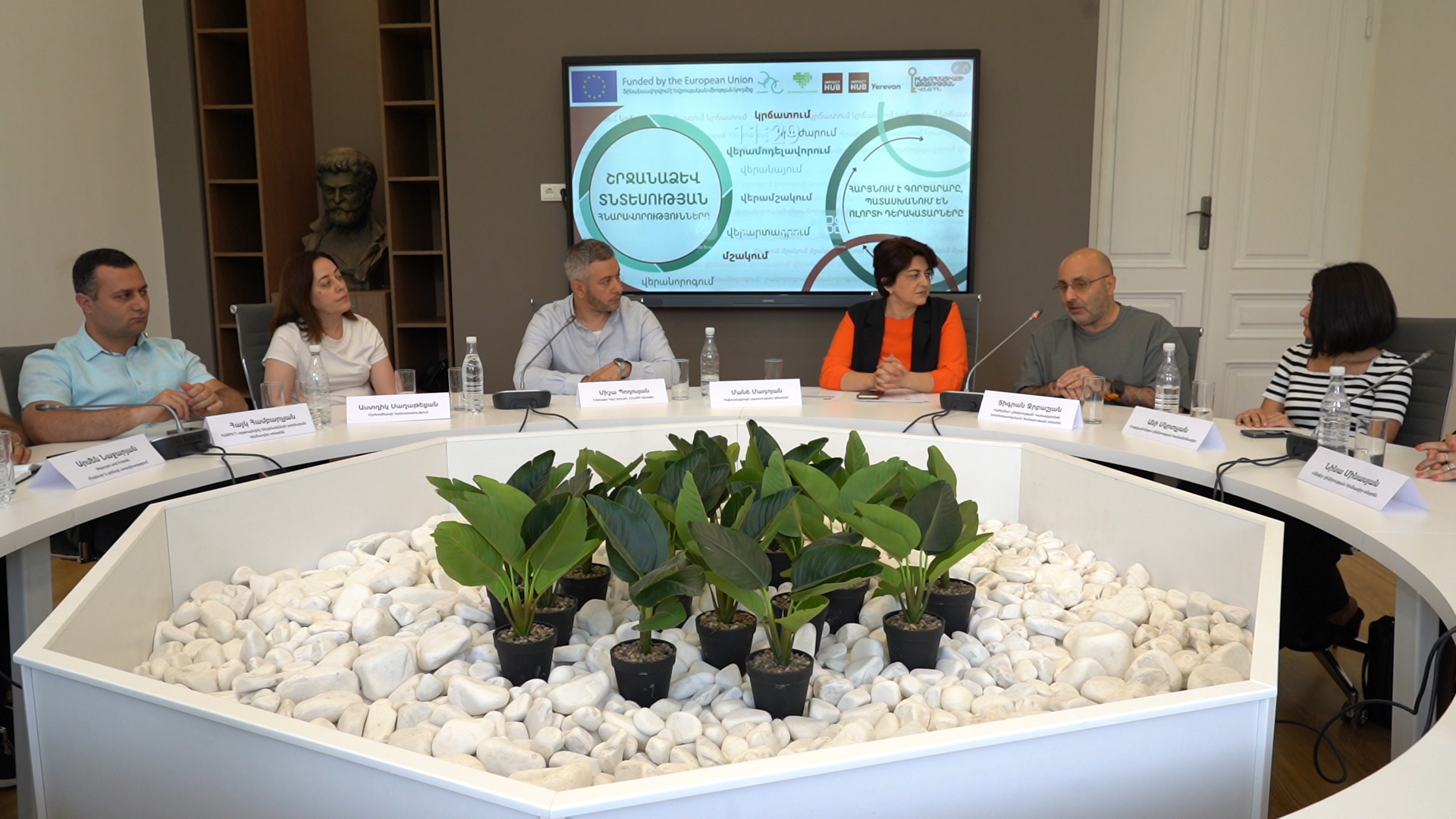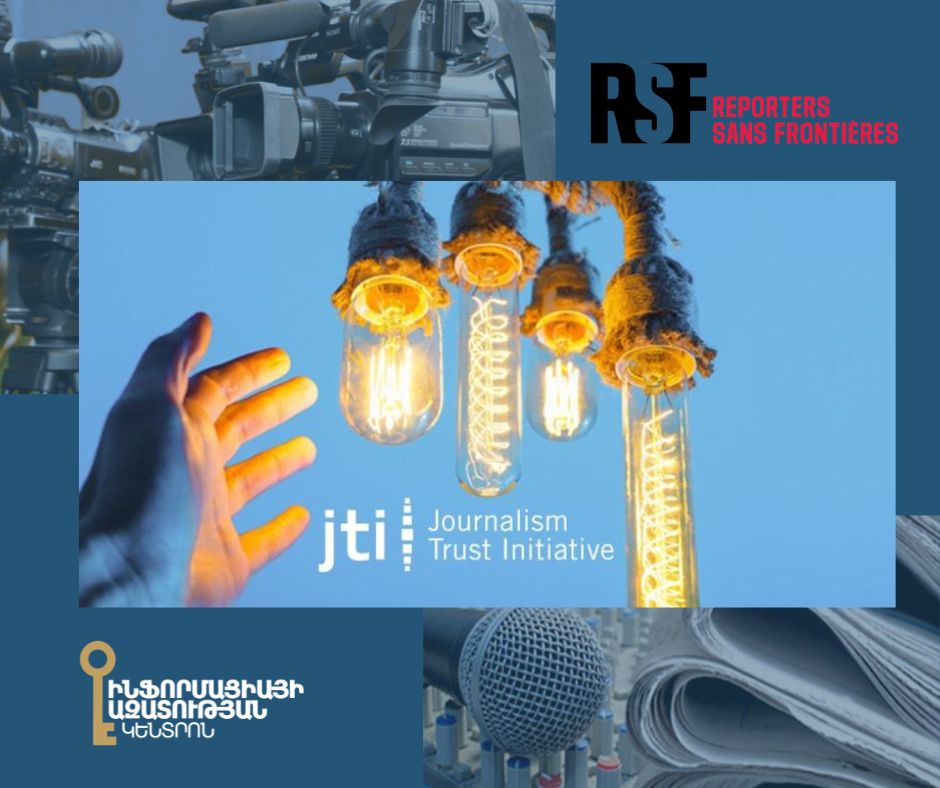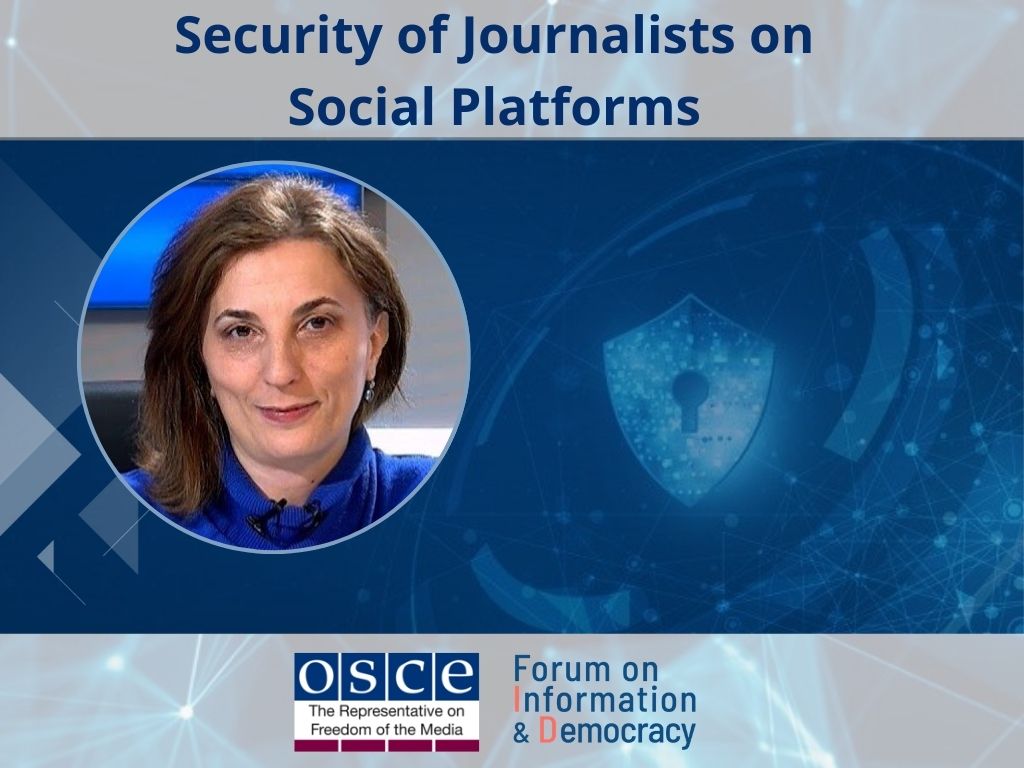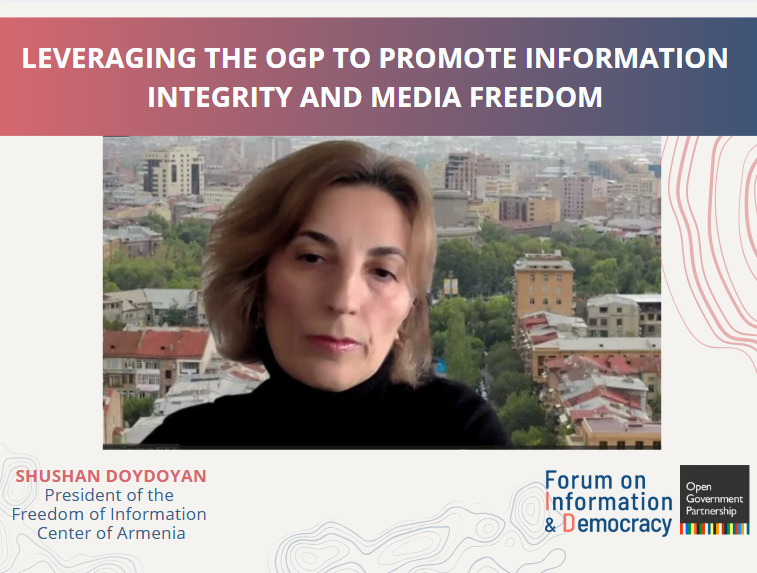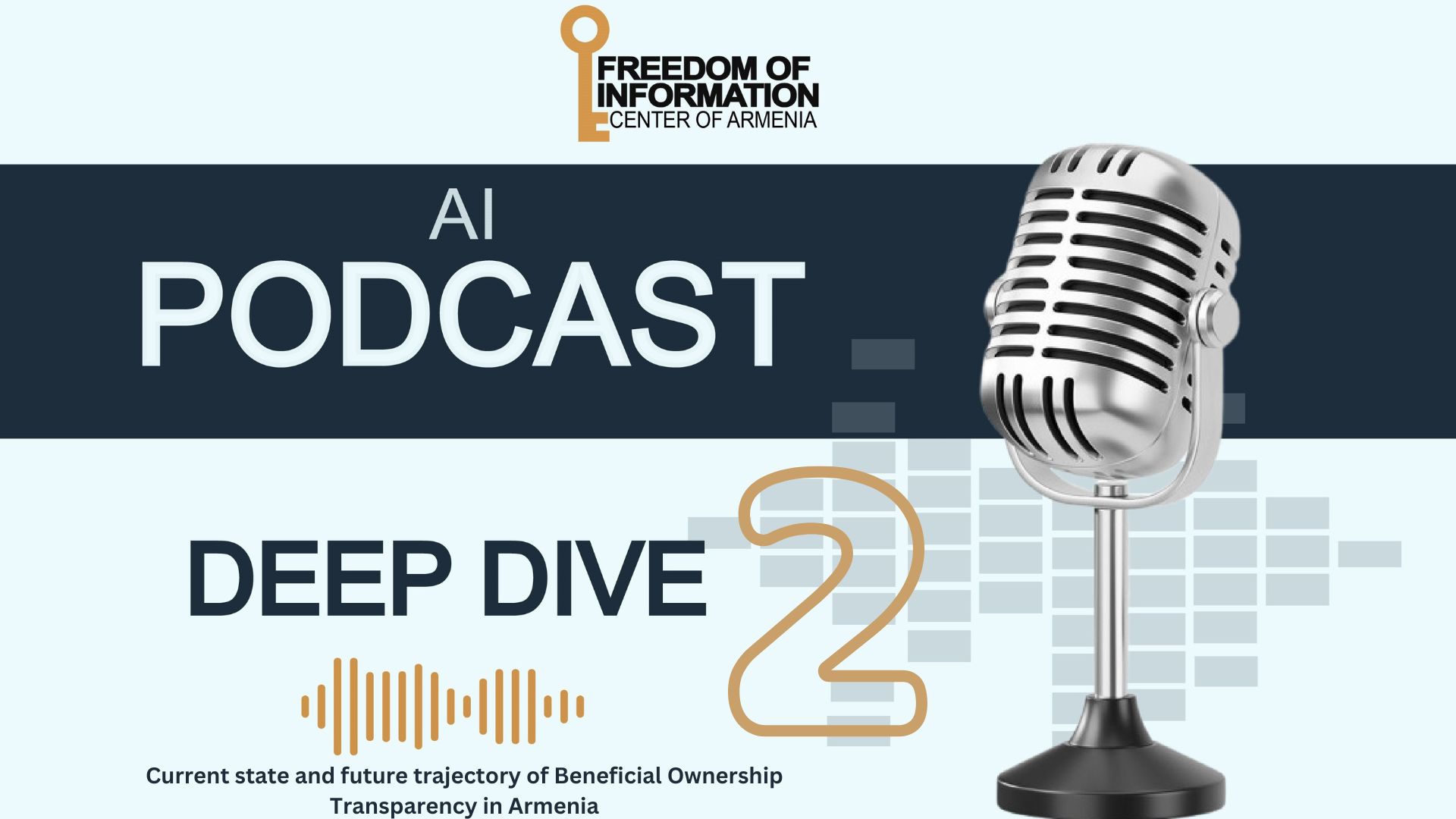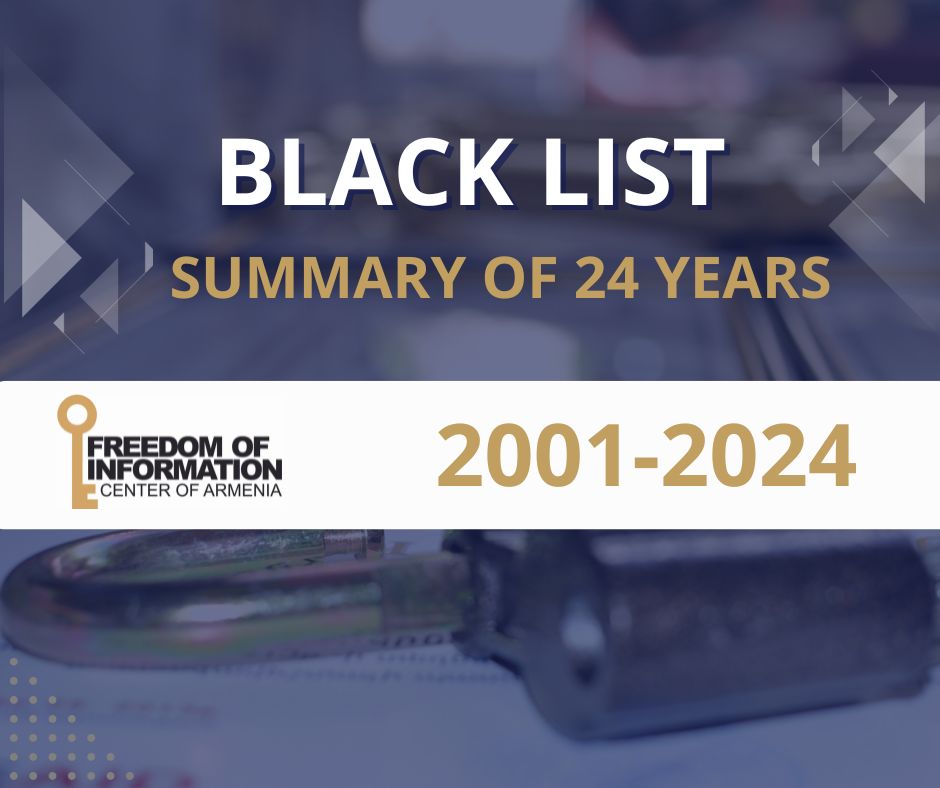The Expert Conclusion of the Information Disputes Council
About the Court Case on the Article “Seven out of Eight are in the List” Published in the 14.10.2010 N188 (2623) Issue of “Armenian Times” Daily
Taking into consideration the fact that the function of the Information Disputes Council is to form and publish professional conclusions of advisory nature about disputes over slanders and insults, with its own initiative the Council has studied and published its professional conclusion on the article published in the 14.10.2010 N188 (2623) issue of “Haykakan Jamanak” (“Armenian Times”) daily with the headline “Seven out of Eight are in the List”, accompanied with photos of eight people, including ARM National Assembly deputies Ruben Hayrapetyan, Levon Sargsyan, and Samvel Aleksanyan.
On 08.11.2010 the abovementioned ARM NA deputies turned to the First Instance Courts of General Jurisdiction of the Center and Nork-Marash administrative districts of Yerevan. On 07.02.2011 the court passed a verdict, obliging “Dareskizb” LLC to retract the information that had hurt the reputation and dignity of claimant R. Hayrapetyan, L. Sargsyan and S. Aleksanyan, and which was published on the center of the front page of the 14.10.2010 N188 (2623) issue of “Armenian Times” daily. Also, the retract had to be published in “Armenian Times” daily under a heading “Retract” and within one week after the verdict comes into legal force. The verdict also anticipated that “Dareskizb” LLC pay AMD 2,044,000 (two million forty four thousand) fine to each of the abovementioned deputies, where AMD 2,000,000 (two million) was the compensation fine, and AMD 44,000 (forty four thousand) was the amount of prepaid state fees. “Armenian Times” daily appealed the verdict, however, the ARM Court of Appeal denied the appeal. The verdict of the Court of Appeal was appealed in the Court of Cassation, and the ARM Court of Cassation returned the appeal.
Evaluating the disputed article and the court verdicts, in the context of the demands of case law of the ARM Constitution, article 10 of the European Convention on Human Rights and the European Court, the Information Disputes Council concluded that today it is a widespread principle for cases of slander and insult to provide extra protection for media outlets and journalists in some cases even when untrue and slandering announcements have been made. This principle is expressed with a number of protective concepts, which are: fair comment, reasonable publication, restatement of others’ announcements. European Court reiterates that “Punishing a journalist for assisting in the dissemination of statements made by another person would seriously hamper the contribution of the press to the discussion of matters of public interest and should not be envisaged unless there were particularly strong reasons for doing so.”
The Information Disputes Council finds that based on the experience of the European Court, it is necessary to discuss whether the media outlet had reasonable means to check the source of information, its reliability, the facts, whether the journalist conducted necessary investigations, whether the information was disseminated in a balanced way, and whether the slandered individuals were given a reasonable opportunity to protect themselves. After publishing the article the media outlet disclosed its source, by publishing in the 02.11.2010 issue of “Armenian Times” daily the extended interview with the individual (source of information) who had provided the relevant information to the media outlet. Here the source did accept the fact that it had provided the information and also announced other details regarding the abovementioned publication. It is worth noticing, that the media outlet had disclosed its source already in the pre-court stage, sending a letter to the claimants.
The fact that the media outlet disclosed its source proves an act of fair journalism, presence of trust by the media outlet towards its source, absence of actual malice, and that the individuals offended by the media outlet were given a reasonable opportunity to protect themselves. Another important element of the “fair comment” criterion is whether the article presents a public investigation.
As for the criterion whether the article was disseminated in a balance way, the author of the article has avoided using the expression “participation” in crimes, which could suggest a direct blamed against the abovementioned officials for committing those crimes.
The Council believes that the courts did not use the abovementioned criteria in passing their verdicts. Moreover, the court procedure was carried out so that the representative of the media outlet was not given the chance to present his facts and documents in order to use the abovementioned protection. All of these caused the unbalance intervention in the media outlet’s freedom of expression.
Also, the Council does not share the conclusion of the Court of Appeal, according to which “the accused could avoid a punishment only if in the article it had clearly referred to another person’s public speech, which had taken place before the publication, and if that reference were the word-by-word or fair reproduction of another person’s public speech”.
The Council believes that such a court conclusion has a rather limiting nature.
On the other hand, as a minimum condition, it is required that the journalist sufficiently separates him/herself from the context of slandering or insulting announcements. The concept of “sufficiently” is determined within the circumstances of each case, particularly, whether the journalist or the media outlet, in the framework of the relevant circumstances, made the least efforts to check the correctness of the information. Although each case is unique with its factual circumstances, in all cases the reader has to get an impression that the announcement is belong to the media outlet, but is the reproduction of the announcement of a journalistic source, hence, avoiding to mislead the reader.
As for the established compensation fee, the Council finds that the AMD 6,000,000 (six million) demanded by the claimants obviously does not correspond to the proportional and necessary intervention principle, because the media outlet appears under a rather unproportionally heavy financial burden that endangers the media outlet’s natural operation, which is in no ways related to the claimants’ fair compensation claims. In cases of proportional intervention, according to the approach of European Court of Human Rights (ECHR), when defining the amount of compensation the inter-state courts must take into consideration the limited means of those, against whom cases of slander or insult are charged. The forensic limitations, doubtlessly, have put the accused media outlet in unequal conditions in comparison with the claimants.
So, the Information Disputes Council announces, that in the light of the abovementioned principles, analyses and standards, the courts have made an unproportional intervention in the media outlet’s freedom of expression.
Information Disputes Council
